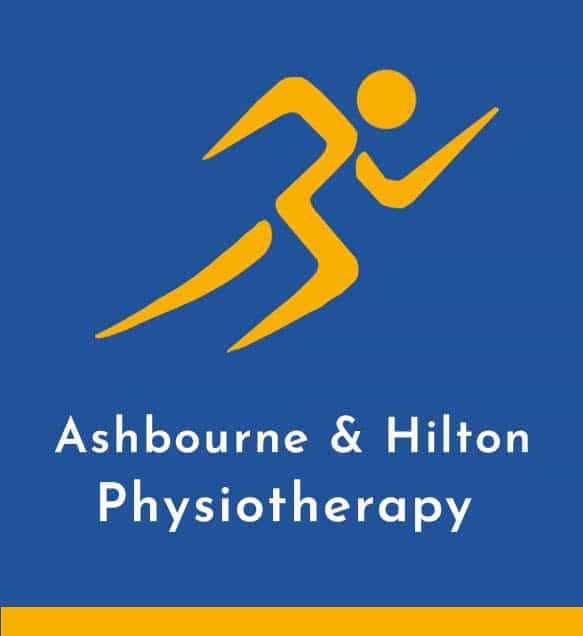As physiotherapists we understand the joys of skiing holidays, so, here is some useful information and suggestions from Ashbourne & Hilton Physiotherapy Centres which may help you on your way….. Let us help you look forward to those post-Christmas getaways and keep them as injury free as possible!

Skiing Exercises for Muscle Strength

Quadriceps:

Full Wall Squat
Open your legs slightly wider than shoulder width, stand with your back
resting against a wall, and bend your knees to the full squat position (90
degrees). Make sure you keep the middle of your knee-cap in line with the
middle toes of your foot. Always keep your feet flat on the ground, do not let
your heels raise from the floor. This exercise will help to strengthen your
quadricep muscles, knee joints and legs.
Hamstrings:

Single Leg Backward Lunge Into RDL
Take a step backwards and drop your knee towards the floor. Always keep
good alignment… your knee should stay over the 2nd ray of your foot, and
never let your knee drop inwards. As you come back up, go straight into a
single leg RDL (Romanian dead lift). extend one leg behind you as you bend
forwards. Soften your knee slightly, and make sure you keep your back
straight (or just slightly arched) throughout the movement. When you reach
horizontal, come back up to the start position.
Abductor & Adductor:

Adductor Ball Squeeze Sitting
Sitting down, place a goof ball between your legs, and squeeze. You will feel
a muscle contraction along the inside of your legs and into your groin. This
exercise is a strengthening exercise for the adductor muscle group.
These exercises are produced by rehabmypatient– a brilliant piece of software used by our physios to tailor exercises to individual patients

Cardio-vascular fitness – (increasing your heartbeat) is great for dealing with the change in altitude. Working work those quads, hamstrings and calves will help when skiing and snowboarding when you are perhaps using these muscles more than you would do on a day to day basis.
Examples:
20-30 mins 3 – 5 times a week of cardio training
Vary the intensity:–
Longer/steadier – shorter/quicker – high intensityCycling, X-Trainer, step machines, stair climbingWatch the expertsChemmie Alcott English former World Cup alpine ski racer shares her pre-ski exercises with you here – see if you can keep up!https://www.youtube.com/watch?v=ppHJxPv7I7IFinally….Perhaps the most important thing to remember is that the fitter you are before you go, the more fun you will have once you are skiing or snowboarding. Many accidents happen when you misjudge your own ability and speed due to fatigue.Please contact us and we can help you on your way to prepare as much as possible to avoid those aches & pains & remain injury free!

Hashtags:-
#Ashbournephysiotherapyclinic #ashbournephysiocentre #hiltonphysio #hiltonphysiotherapycentre #hilton #ashbourne #physio # physiotherapy #injuries #skiinginjury #knees #painfulknee #skiing #ski #snow #winter #snowboarding #mountains #snowboard #travel #skiingislife #nature #powder #alpineskiing #mountain #alps #freeride #adventure #hiking #skitouring #powderskiing #skilife #winteriscoming #freeski #skiingisfun #backcountryskiing #skiingday #wintersport #skiseason #backcountry #derbyshire #kneesprain #brokenlegs #anklesprain .




